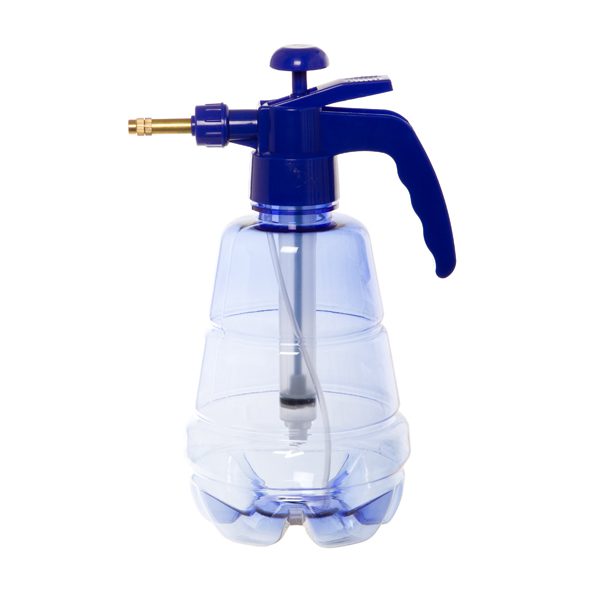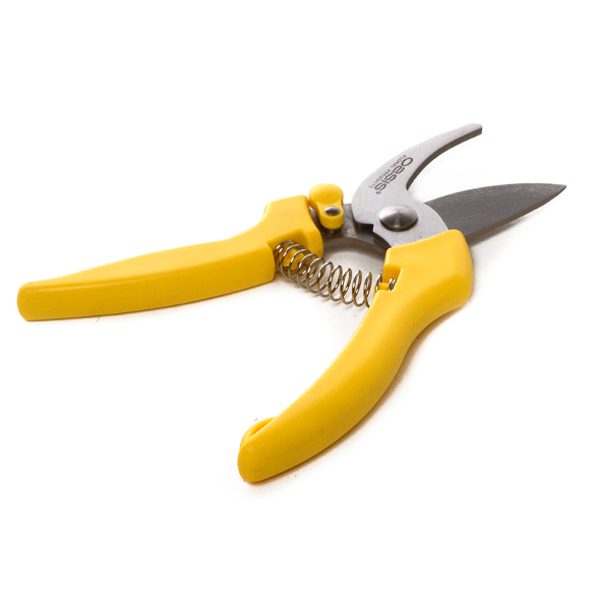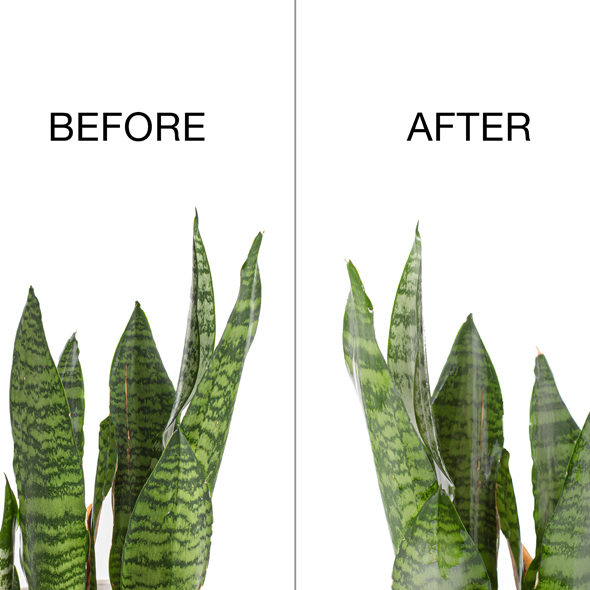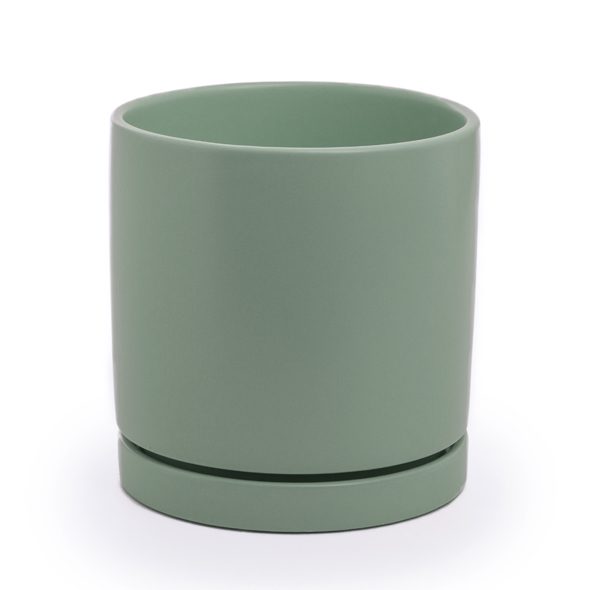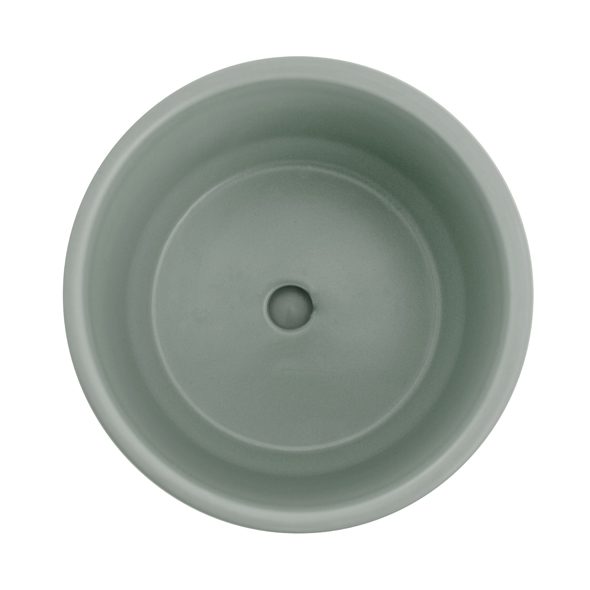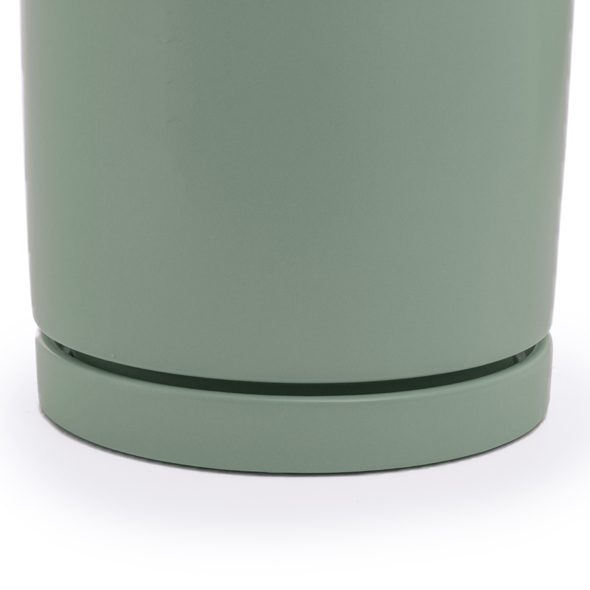
A Guide To Choosing The Best Secateurs
Summary:
- Taking the time to buy healthy plants will ensure the plant lasts longer.
- Read your plants care label and become aware of what it needs as every plant is different.
- Keep your plant away from strong draughts and artificial heat.
- Don’t overwater your plants. A ‘cup of kindness’ kills more plants than any other element.
- Putting your plant out in the rain can help dissolve the salts and other minerals found in hard tap water.
- Regularly remove any dead leaves or flowers from your plant.
- Using leaf shine sprays can help protect your plant from disease.
- Outdoor plant pots will need drainage holes and a pot plate to catch the excess water.
- Some indoor plant pots will have an internal water well step to lift the pot and prevent root rot.
Potted plants can help create joyful and peaceful environments in the home and at the office. However, are you aware of what it takes to keep your pot plants thriving?
This guide highlights 10 easy tips on what you can do to keep your potted plants looking healthy all year round.
1. Buy healthy plants
Caring for your potted plants starts even before you make your purchase. As obvious as it might sound, you need to choose your potted plants carefully. When you arrive at your local nursery, you may feel overwhelmed by choice. Don’t be intimidated to look around, inspect various plants, and ask the nursery professionals questions.
Things you should look for when inspecting plants:
- Yellowing or brown leaves.
- If the soil is damp. You can check this by lightly touching the top of the plant’s soil.
- The foliage is wilted or crushed.
- Root-bound plants. Check that no roots are growing out of the bottom of the plastic plant pot. You can also ask the nursery professionals to carefully pull the plant out of the pot so you can see if the roots are matted together.
- Spots or speckling on the leaves, this can be a sign of pests or disease.
- Weeds growing near the base of the plant. If there are, you will need to remove these before you repot your plant.
By taking the time to check for these things, you will ensure that the plant will last longer at your home or office.
2. How much sun is too much?
All plants usually come with a care label. Don’t throw this label away after you purchase your plant. Instead, read the label carefully and become aware of what your plant needs.
One of the most important things to understand is what position is best for its continued growth. Some plants need plenty of light and even direct sunlight to grow. But generally, indoor species of plants are happy with partial or indirect light.
If you’re worried that your indoor plant isn’t getting enough sun, you can move it into a sunnier spot for a short period. Be careful not to overdo this, as some plants may become unhappy if exposed to the sun for too long.
3. Wind & heat exposure
Fresh oxygen and soft breezes can keep plants healthy, and help them strengthen their stems and roots. However, you should avoid placing your plants where they can experience strong draughts and artificial heat.
For indoor plants, strong draughts from fans and artificial heat from heaters will dry out your plant’s soil and damage the foliage.
If you have an outdoor plant where the elements are harder to control, try placing your potted plants in corners, near walls, or creating wall mounted hanging gardens to minimise the impact of drying heat and damaging winds.
4. How much water is too much?
Plants get thirsty just like we do, but some plants will require more watering than others. No two plants are the same when it comes to the amount of water they require. Things like environment, time, and size will have an impact on the amount of water they require.
You should always water plants in the morning or late afternoon. For large plants, you can water them once a week. For smaller plants, you can push this to once a fortnight. If your plant is exposed to hotter conditions in summer and shows signs of wilting, you can increase its water cycle. Just remember to keep the drainage holes clear and exposed to fresh oxygen. You can also ask your local nursery expert for their opinion on how often you should water your specific species of plant.
5. Overwatering
A ‘cup of kindness’ kills more plants than any other element. You should always aim to keep your plant’s soil moist, but not soaked. Too much water can cause root rot and damage your plant.
To help you determine the dampness of your plant’s soil you can purchase a soil moisture meter. This handy tool measures the volumetric water content in your plant’s soil. By carefully inserting the meter’s spike into the soil, it can tell you if your plant is dry or damp. If you don’t have access to this tool, performing a touch test on your plant’s topsoil before you water it can also work.
If you are hesitant to use a watering can, another alternative is to use a misting spray bottle. Misting your plants may need to be done more regularly, but it is a very simple and effective way to boost humidity and avoid overwatering.
6. Rainwater benefits
You should always avoid large downpours, but placing your potted plants outside when it’s raining can have many benefits.
It can give them a good bath and help wash off any dust or debris that might collect on your plant’s leaves or topsoil. Rainwater can also help dissolve the salts and other minerals found in your hard tap water. It can also clear out the respiratory pores on your plant’s leaves, improving its ability to take in carbon dioxide and other nutrients.
But remember, just because its raining doesn’t mean your plants need to be watered. If your plant has already been watered, putting it out in the rain can cause over-watering. It is best to check your local weather forecast and pre-plan when you will water your plants and when you can put them out in the rain.
7. Pamper your plant
To remove these, take a pair of sharp florist scissors or secateurs and cut the dead foliage off at a 45-degree angle. If your plant is healthy, new leave and flowers will start to regrow in a few weeks.
You can also try adding different fertilisers to your plants if you think they need a little nutrient boost. Some good fertilisers to try are sea salt or seaweed fertilisers that can be mixed into your watering can when you give your plants a drink.
8. Make your leaves shine
Leaf shine sprays can help protect your plant from disease. They give your plant a natural glossy appearance, prevent dust, and stop water evaporation too quickly.
These products should not be overused as this can clog the pores, called stomata, on the plant’s leaves and stop them from taking in enough fresh oxygen. We recommend using Chrysal Pokon Leaf Shine Spray, Floralife Leaf Shine Spray, or Design Master Ultra Leaf Shine Spray as these are tested and reliable products.
9. The right plant pot
It’s fun to choose a plant pot that matches your home décor, but you also need to consider the size and material.
The size of the plant will determine the size of the pot. You should always consider what size the plant will grow to in the future. Often the size of the pot will control the growth of the plant. Other plants also have strong root systems that grow and can eventually crack your pot.
The material is also important to consider. The material a plant pot is made from will determine its weight, durability, and how it may react to the elements.
10. Does my plant pot need drainage holes?
If you are taking your plant out of the plastic nursery pot and replanting it, your plant pot will need to have drainage holes and a pot plate. Pot plates are useful because when you water your plant, the excess water sits in the plate under the pot to keep the plant hydrated for longer.
If you are keeping your plant in the nursery pot and placing it into another “cover pot” you will not need drainage holes or a pot plate. On the other hand, your plant cannot sit in water for a long time because this will cause root rot. To combat this some plant pots have a step inside so the water filters into a small well under the plant. This way the roots of the plant will not be in constant contact with the water. If the pot you select doesn’t have a step or well, you should place a small 1cm or 2cm block under your pot. This will help raise your plant from the base.
Above all, have fun with plants, add to your collection, and always stay curious about their lifecycle and growth. For more information about potted plants, read our other Koch Blogs Plant Pot Buying Guide – How To Select The Best Plant Pot For You, or A Guide To Choosing & Caring For Indoor Plants.
The post A Guide On How To Care For Your Pot Plants appeared first on Koch & Co Blog.
